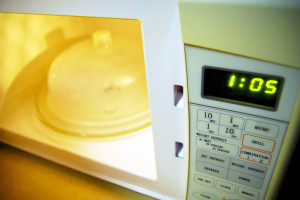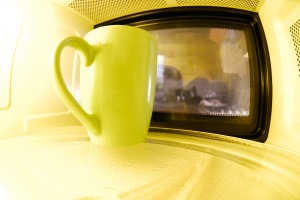 We all use our microwaves for the traditional things – heating soups, defrosting meats, and reheating meals, but your magic little box is capable of so much more! Just check out these 5 surprising tips for starters:
We all use our microwaves for the traditional things – heating soups, defrosting meats, and reheating meals, but your magic little box is capable of so much more! Just check out these 5 surprising tips for starters:
1: Poach Eggs
It may sound strange, but it’s perfectly possible to poach eggs in a microwave. You don’t even need special equipment, although for fluffy, delicious eggs every time, you may want to consider a microwave egg poaching dish.
2: Sterilise Kitchen Utensils
Did you know that you can clean kithcen sponges and utensils by microwaving them for two minutes? The only caveat is that you should avoid placing metal objects (specifically metal objects with points or sharp edges) in the microwave, but when it comes to wood or plastic, microwaves make great sterilisers!
3: Froth Milk For Your Latte
This one’s as easy as pie – all you need is a jar and some milk. Fill tha jar to the halfway mark, then shake the jar as hard as you can till the milk becomes frothy and doubles in volume. Then microwave for 30 seconds. Now take the lid off and microwave for another 30 seconds, and you’re ready to go!
4: Dry Herbs
Herbs can make or break a dish, but what if you want to dry your homegrown herbs to preserve them? Well, simply fold your fresh herbs in a sheet of kitchen roll and microwave for 30 seconds, then leave to stand for 30 seconds. Repeat the process until the leaves become crispy!
5: Make Crisps
This may sound like the craziest thing you’ve ever heard, but it is indeed perfectly possible to make crispis in your microwave! Check out this amazing guide and you’ll soon be munching delicious homemade crisps!
